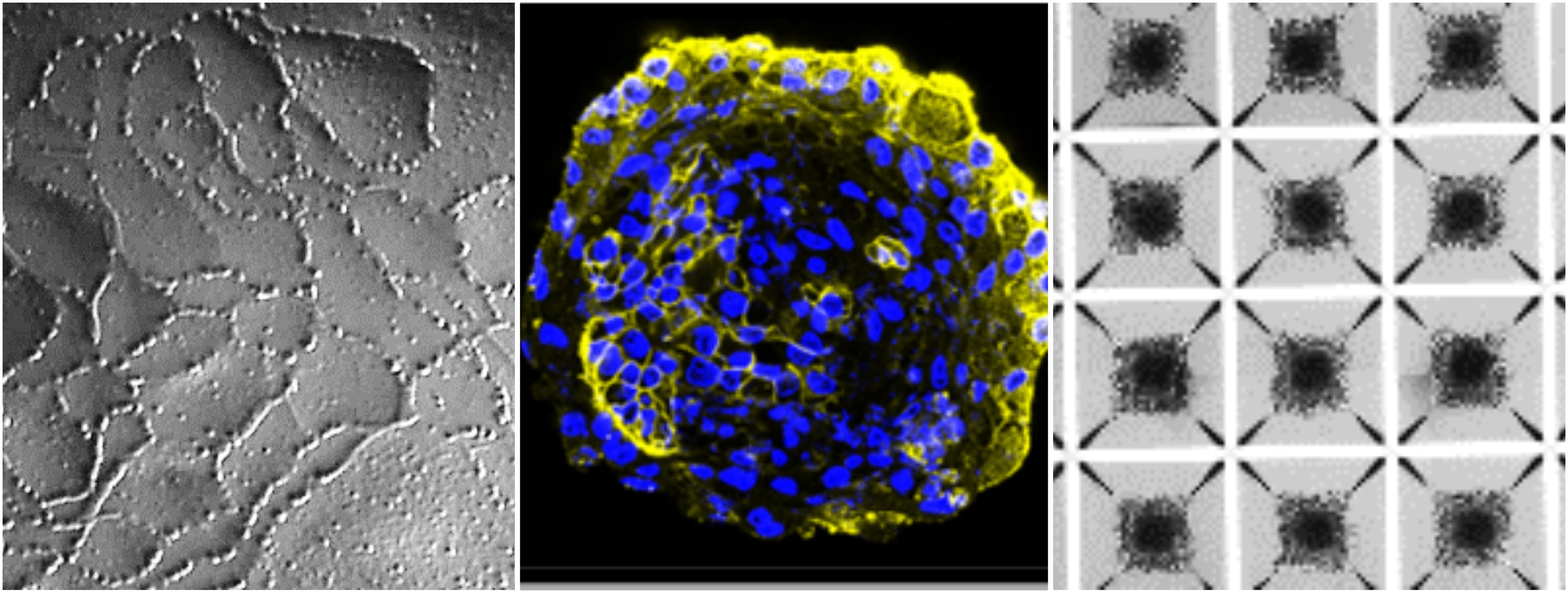New perspectives for brain therapeutics
Preparation and characterization of stem cell-derived spheroids of the blood-brain barrier
The blood-brain barrier is the border between the blood and the central nervous system. It prevents harmful substances from entering the brain. However, it also makes it difficult for drugs used to treat neurodegenerative and metabolic diseases of the brain to enter.
The interdisciplinary IM2PACT consortium aims to identify new target structures for the blood-brain barrier and transport mechanisms for the administration of therapeutics. In particular, neurodegenerative diseases such as Alzheimer disease, Parkinson disease, ALS or multiple sclerosis are the focus of our interest. Among other things, human predictive in vitro models of the blood-brain barrier are used for the investigations, which are obtained from human induced pluripotent stem cells, so-called hiPSCs. As part of the project, the TERM research team developed 3D spheroid models of the blood-brain barrier. Through direct cell-to-cell contact, they can contribute to the improved maturation of hiPSC-derived cell types and be used to identify tissue-specific targets.
In the project, we are cooperating with a total of 27 international partners from research and development, industry and SMEs.
Funding: EU Horizon 2020, Innovative Medicines Initiative (IMI)
Project duration: 2019 - 2024


